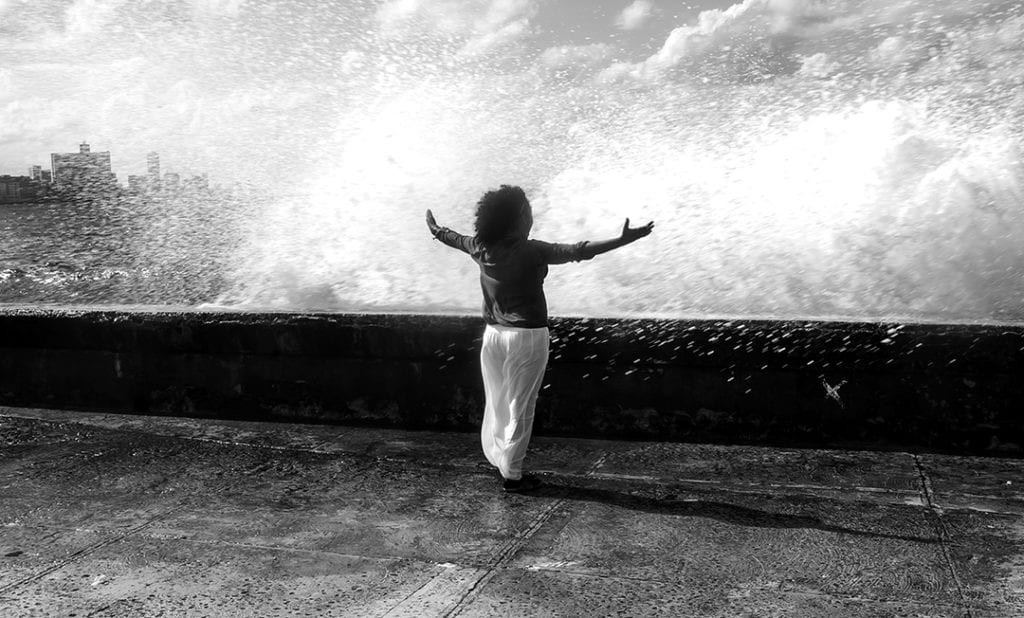Fundamental Changes in the Cuban State Structure
Elio Delgado Legon

HAVANA TIMES – The new Cuban Constitution came into effect in April, after going to a referendum vote and winning 86.85% of the vote in its favor. Changes contemplated in this document, relating to the State and government’s structure, are now underway.
The first job the Constitution gave lawmakers was to pass a new Electoral Law in the first six months after it comes into effect, to regulate the election of members to the National Assembly, its president, vice-president and secretary; the Council of State, the President and Vice-President of the Republic of Cuba, members of the National Electoral Council, provincial governors and vice-governors, representatives at People’s Power municipal assemblies, its president and vice-president.
One of the most important changes that can be seen in this initial stage is that the Council of State will no longer be the executive body headed by the President of Council of State and Council of Ministers, but will instead become a legislative body belonging to the National Assembly, and will work continuously between one period of Assembly sessions and the next, headed by the Assembly’s president, vice-president and secretary.
The Constitution’s second temporary provision stipulates that: “Once the Electoral Law is passed, the National Assembly of People’s Power, will elect its President, Vice-President and Secretary from among its members within three months, as well as the rest of the members of the Council of State and the President and Vice-President of the Republic of Cuba.
The third temporary provision highlights that: “Once a President of the Republic is elected, he/she will suggest the appointment of the Prime Minister, Vice-Prime Ministers, Secretary and other members of the Council of Ministers, within three months.”
Here, we can see another important change and this is that the President of the Republic will no longer be the President of the Council of Ministers as well, like they were up until now. We now have the position of “Prime Minister”.
The fourth temporary provision stipulates that: “Provincial People’s Power Assemblies will hold onto their positions until governors, vice-governors and provincial councils enter their positions.”
The fifth temporary provision outlines that: “Once the President of the Republic is elected, within a three-month period, he/she will propose the election of representatives, of respective Municipal People’s Power Assemblies, as well as provincial governors and vice-governors.”
As we can see from the Constitution’s last two temporary provisions, the position of “Governor” and “Vice-Governor”, as well as “Provincial Councils” now appear, which will replace the current Provincial Assemblies, which were elected every five years. From now on, municipal representatives will also be elected every five years.
Another position that doesn’t exist today is that of “Mayor”, who will be appointed by the Municipal Assembly and take charge of the municipality’s administrative duties, as he/she will preside over the Council of Municipal Administration, a collective responsibility body, undertaking executive/administrative duties and leading the Municipal Administration.
These are the main changes that are taking place in the State and Government’s structure, in line with what was established by the new Cuban Constitution, which came into effect in April after a democratic vote, which nearly all of the Cuban people took part in.






Good to see change and reform in Cuba….. but sad to see that whatever improvements and reforms are agreed by the Cuban National Assembly and Government they are attacked by those who want a return to the period of the US backed puppet regime 1902 – 1958.
Every Cuban wants a better standard of living… and realises that the USA’s impoverishment programme directed against he island ants its economy, initiated when President Eisenhower and his Vice-President Richard Nixon were in office, has a lot to answer for. Every year Cuba publishes the cost in billions of US$ of the programme against the island… the repayment of these costs will allow Cuba to be rebuilt.
Elio fails to mention that above the new electoral structure the Castro dictatorship will continue to rule. As a result, what exists below the dictatorship is little more than political window-dressing.
Sure, the actual Cuban Dictatorship hasn’t been able to stop the spiral downfall of the island for 60 years with the same ancient leaders. The new Constitution is made to make the word believe in a new democracy so will assure access to the credits from international banks so the status quo still in power.
Elio, a normal 80 years old person, like you, in Cuba do not have computer or Access to the internet, received $10. a month and died 10 years ago or more for not been care and feed properly like my parents. You are one of them and you are fighting to keep yours and your family benefit comming as part of the stablishment.
What Elio Delgado doesn’t say is that the same old people have been running or rather destroying what once was a beautiful country for more than half a CENTURY. You know, as well as I know that this is a vicious circle until that country is back on what it used to be.
The explanation couldn’t have been more precise if it had been written by the Propaganda Department of the Communist Party of Cuba.